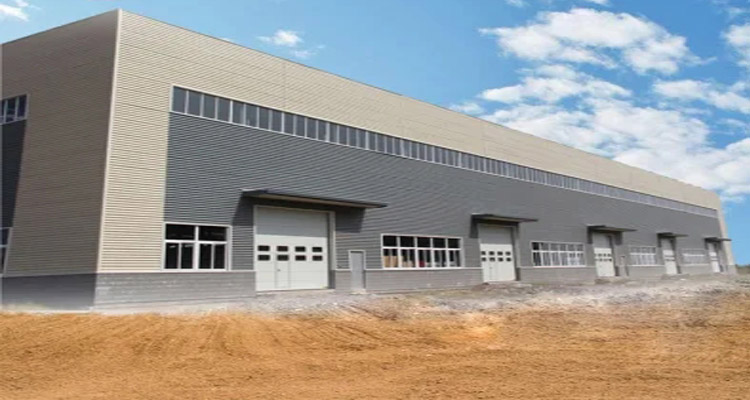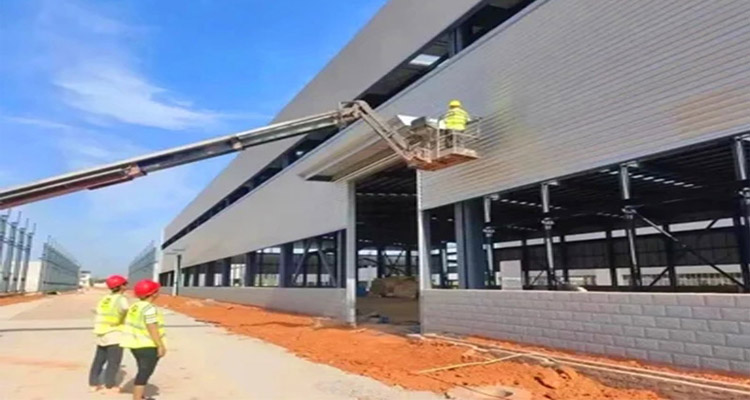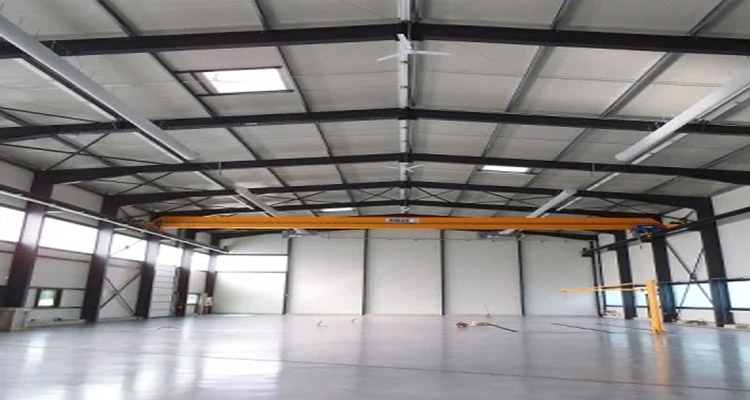Evolution and Benefits of Steel Frame Buildings
In the field of construction, steel frame buildings have become a revolutionary solution for durability, flexibility and sustainability. With their unparalleled strength and versatility, these structures have revolutionized the way we build. In this blog, we take an in-depth look at the evolution of steel frame buildings, their many advantages, and how they may shape the future of construction.

History of steel frame buildings
The steel frame building dates back to the late 19th century. The development of high-quality steel manufacturing technology enabled the mass production of steel, which revolutionized the construction industry. The first prominent use of steel framing dates back to the Chicago School in the late 1800s, when architect William Le Baron Jenney devised a method of using steel frames to support skyscrapers. Since then, the use of steel framing has expanded to a variety of building types, including residential, commercial, and industrial structures.
Advantages of steel frame buildings
1. Superior strength and durability:
Known for its excellent strength-to-weight ratio, steel is extremely durable and able to withstand extreme weather conditions, earthquakes and fires. This exceptional strength allows for larger open spaces without the need for excessive supporting beams or columns, creating a flexible and adaptable design.
2. Increase design flexibility:
The inherent strength and versatility of steel framing provides architects and engineers the freedom to implement unique, creative designs. The structural system can be tailored to specific project requirements, allowing flexible interior layouts and seamless integration with other materials.
3. Faster build speed:
Steel-frame buildings are prefabricated, meaning components are fabricated off-site and then assembled on site. The process significantly reduces construction time, making it ideal for projects that require speed without compromising quality.
4. Sustainable solutions:
Steel is one of the most recycled materials in the world, making steel frame buildings an environmentally friendly choice. The recyclability of steel reduces the need for new materials and minimizes waste. Additionally, steel frame structures can be easily dismantled and rebuilt elsewhere, extending their useful life and reducing overall environmental impact.

The Future of Steel Frame Buildings
Steel frame buildings are poised to shape the future of construction due to their numerous advantages and evolving technology. The incorporation of advanced computing software, such as Building Information Modeling (BIM), enables precise design and improves efficiency throughout the construction process. The technology enables architects and engineers to optimize the use of steel, reducing material waste and costs.
Additionally, advances in steel fabrication and construction techniques continue to improve the quality, strength, and sustainability of steel-frame buildings. Innovations such as weather-resistant coatings, enhanced seismic design, and improved fire protection technologies have further enhanced the performance and safety of these structures.

Steel frame buildings have revolutionized the construction industry, providing exceptional strength, flexibility and sustainability. The historical evolution of steel framing and its many advantages make it a future solution for modern buildings. As technology continues to advance, steel frame buildings will undoubtedly become more efficient, sustainable and adaptable. With its promise of durability, speed and aesthetic freedom, steel frame buildings will undoubtedly leave an indelible mark on the architectural landscape.
Post time: Jun-29-2023
